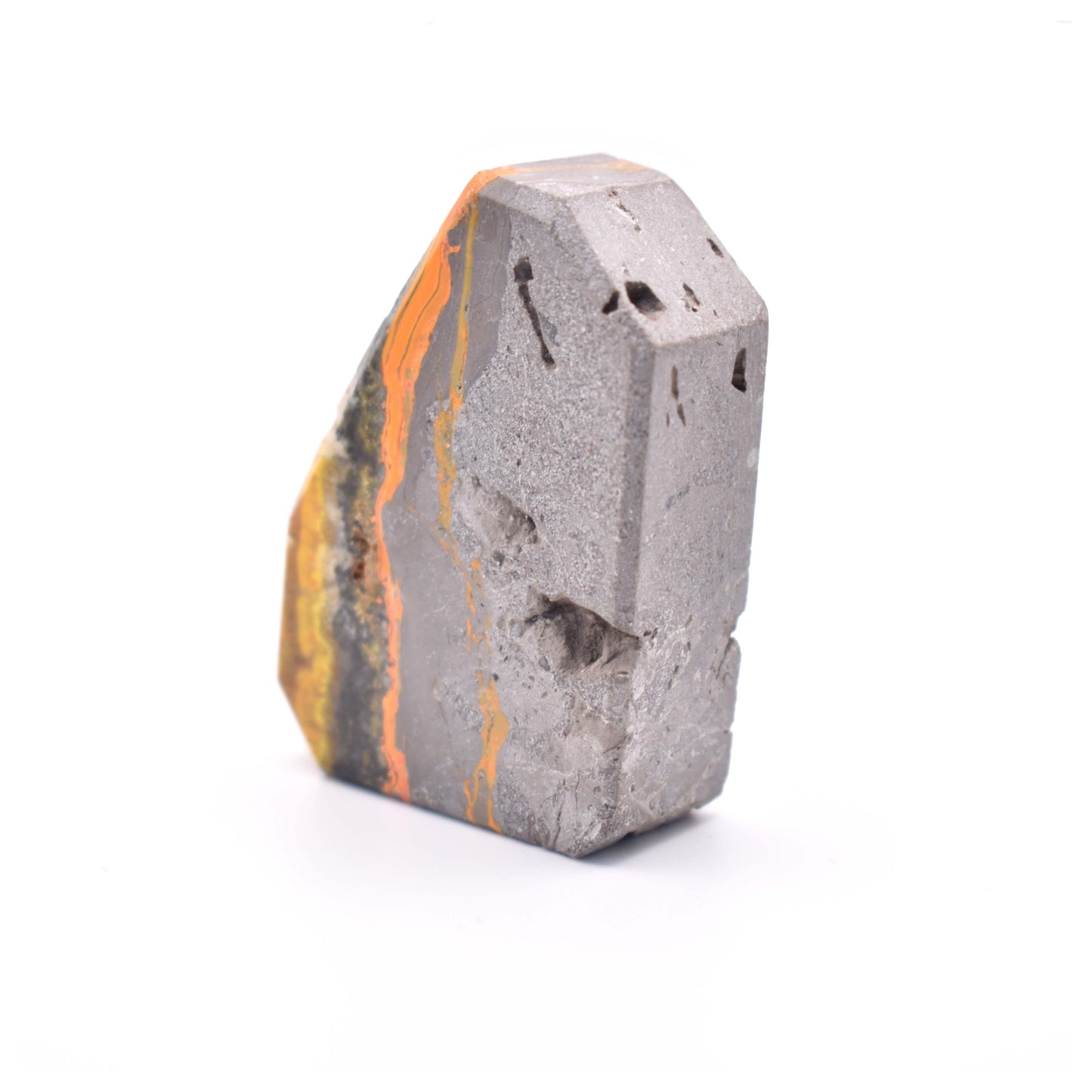How Crystals Are Formed?
Share
How Crystals Are Formed: A Comprehensive Guide
Introduction:
The earth beneath our feet holds countless wonders, among which crystals stand out for their mesmerizing beauty and complexity. From the lush depths of the Brazilian mines to the serene heights of the Himalayas, crystals emerge as nature's artwork. This guide delves into the heart of crystal formation, answering the burning question: How are these crystals created?
Understanding the Basics of Crystal Formation:
Crystals, in essence, are solid materials whose atoms are arranged in highly ordered repeating patterns. These patterns extend in all three spatial dimensions, giving crystals their distinctive shapes.
The Role of Minerals in Crystal Formation:
At the core of crystal growth are minerals, nature's building blocks. When conditions are just right, minerals dissolved in fluids begin to crystallize, and begin on a journey that can span millions of years.
The Geological Process of Crystal Formation:
-
Supersaturation and Nucleation: The journey of a crystal begins with a state of supersaturation, where a solution contains more dissolved mineral than it can hold. Nucleation occurs when minerals start to solidify, forming a crystal nucleus.
-
Cooling and Evaporation Methods: As magma cools or water evaporates, the concentration of minerals increases, encouraging the growth of crystals. Quartz, for instance, forms from cooling magma, while halite crystals emerge from evaporating seawater.
-
Pressure and Heat's Influence: Deep within the Earth, extreme pressure and heat transform minerals into crystals like diamonds, showcasing nature's alchemy.
Different Environments, Different Crystals:
Crystals form in a variety of geological settings, each producing unique specimens. Igneous crystals like garnet emerge from cooling magma, while sedimentary processes give rise to crystals such as calcite. Metamorphic crystals, including sapphire and ruby, are born from the transformation of existing minerals under intense conditions.
Common Questions About Crystal Formation:
-
How Long Does It Take for Crystals to Form? Crystal formation is a testament to patience, with some crystals forming in a matter of days, while others take millions of years to reach their full glory.
-
Can Crystals Form in Any Type of Rock? While crystals can form in various rock types, igneous rocks, with their magma origin, are particularly conducive to crystal growth.
-
What Conditions Are Needed for Crystal Formation? A combination of high temperatures, pressure, and the presence of mineral-rich fluids are essential for crystal formation.
Human-Made Crystals: A Modern Marvel:
Advancements in technology have allowed us to mimic nature's process, creating synthetic crystals in laboratories. These human-made wonders are used in everything from jewelry to electronic devices.
The Role of Crystals in Today's World:
Beyond their natural beauty, crystals play a pivotal role in modern technology. Their unique properties make them indispensable in electronics, medical equipment, and renewable energy sources.
Conclusion:
The formation of crystals is a complex and fascinating process, a reminder of the earth's capacity to create beauty from the basic elements. As we continue to explore the depths of our planet, we uncover more about these natural wonders, each crystal telling a story of time, pressure, and transformation.
We invite you to share your experiences or questions about crystals in the comments below. Whether you're a seasoned collector or new to the world of crystals, there's always more to learn and discover.






